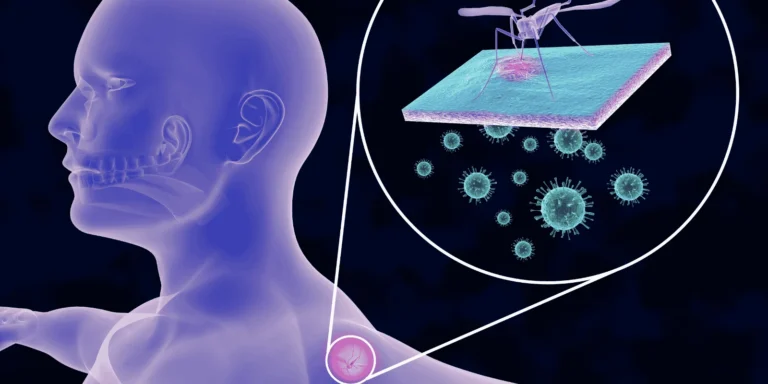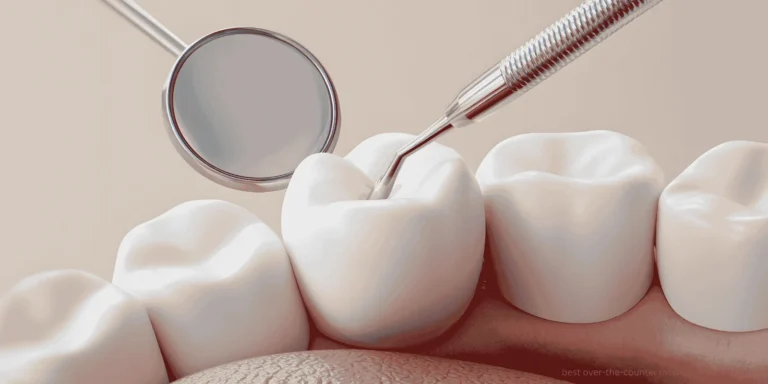Swimmer’s ear (otitis externa) is typically diagnosed through clinical examination and symptom assessment, usually without requiring special tests. Having diagnosed countless cases throughout my career, I can recognize this condition based on characteristic symptoms and physical findings.
Primary diagnostic method – Physical examination: The hallmark diagnostic sign is pain when the outer ear is manipulated. Gently pulling on the earlobe or pressing on the small projection of cartilage in front of the ear canal (tragus) causes significant pain in swimmer’s ear patients. This distinguishes it from middle ear infections, where ear manipulation doesn’t typically worsen pain.
Visual examination findings: Using an otoscope (lighted instrument for looking in ears), healthcare providers look for:
- Red, swollen ear canal skin
- Visible discharge or debris in the canal
- Scaling or flaking skin
- Narrowed ear canal from swelling
- Sometimes white, yellow, or greenish discharge
Symptom pattern recognition: Swimmer’s ear has a distinctive symptom progression that aids diagnosis:
- Initial itching or irritation in the ear canal
- Progressive pain that worsens over 1-2 days
- Pain that intensifies with jaw movement (chewing, yawning)
- Feeling of fullness or blockage in the ear
- Possible hearing reduction from swelling and discharge
Medical history clues: Certain activities or circumstances strongly suggest swimmer’s ear:
- Recent swimming or water exposure
- Aggressive ear cleaning with cotton swabs
- Use of hearing aids or earplugs
- Previous episodes of swimmer’s ear
- Skin conditions like eczema
When additional testing might be needed: Severe or recurrent cases sometimes require ear discharge culture to identify specific bacteria or fungi and guide targeted treatment.
Hearing tests may be performed if hearing loss persists after treatment, though temporary hearing reduction from swelling and discharge is common and usually resolves with treatment.
CT scans are rarely needed unless there’s concern about bone involvement or serious complications.
Distinguishing from other ear conditions: Middle ear infections typically don’t cause pain with ear manipulation and often follow cold symptoms. Earwax impaction causes fullness but usually no significant pain.
When diagnosis is straightforward: Most swimmer’s ear cases can be diagnosed and treated through telemedicine platforms based on symptom description and history, making online consultation an excellent option for this condition.
If you’re experiencing ear pain, especially after water exposure, ChatRx can help evaluate your symptoms and prescribe appropriate antibiotic ear drops if swimmer’s ear is likely.













